
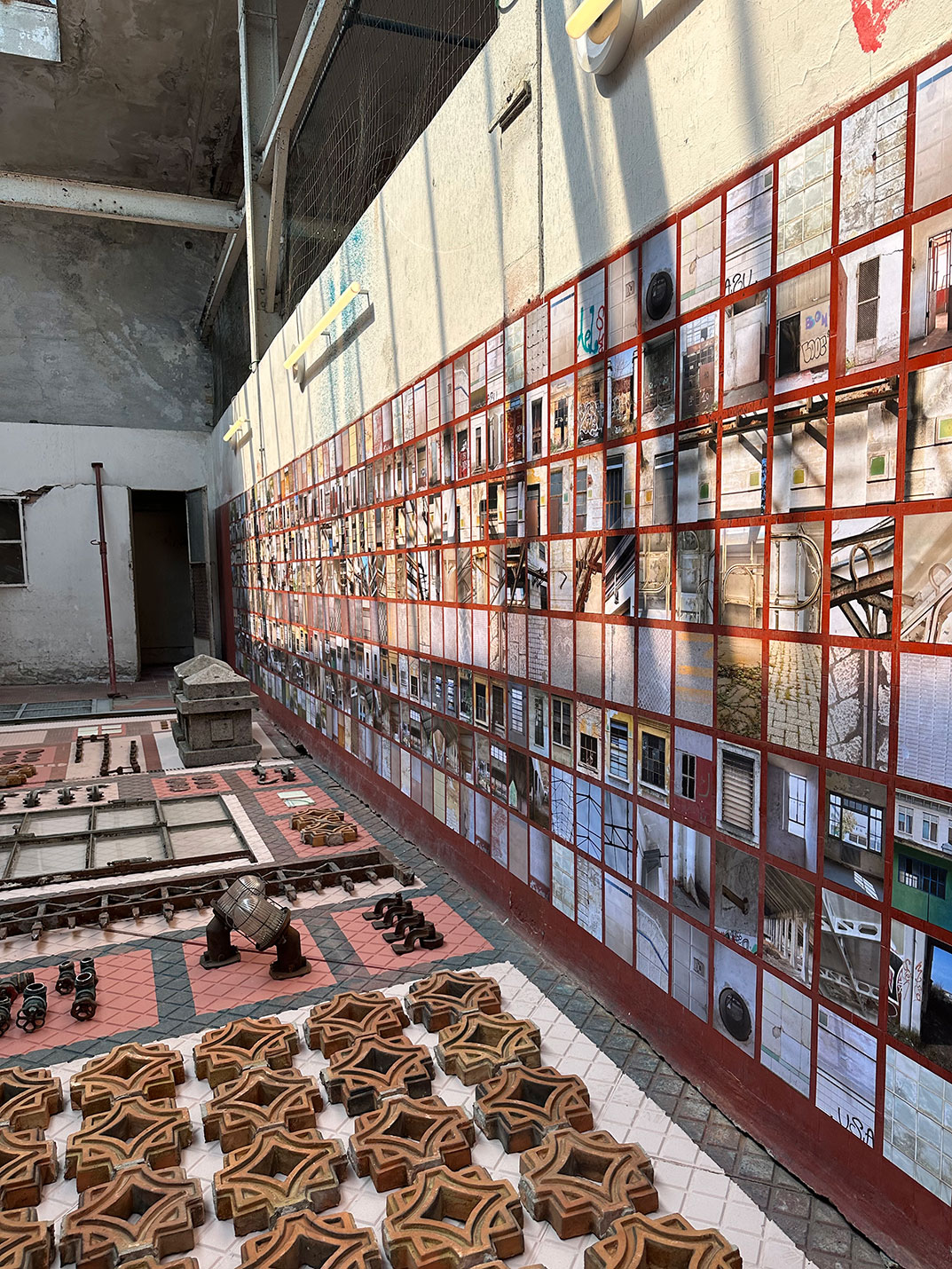

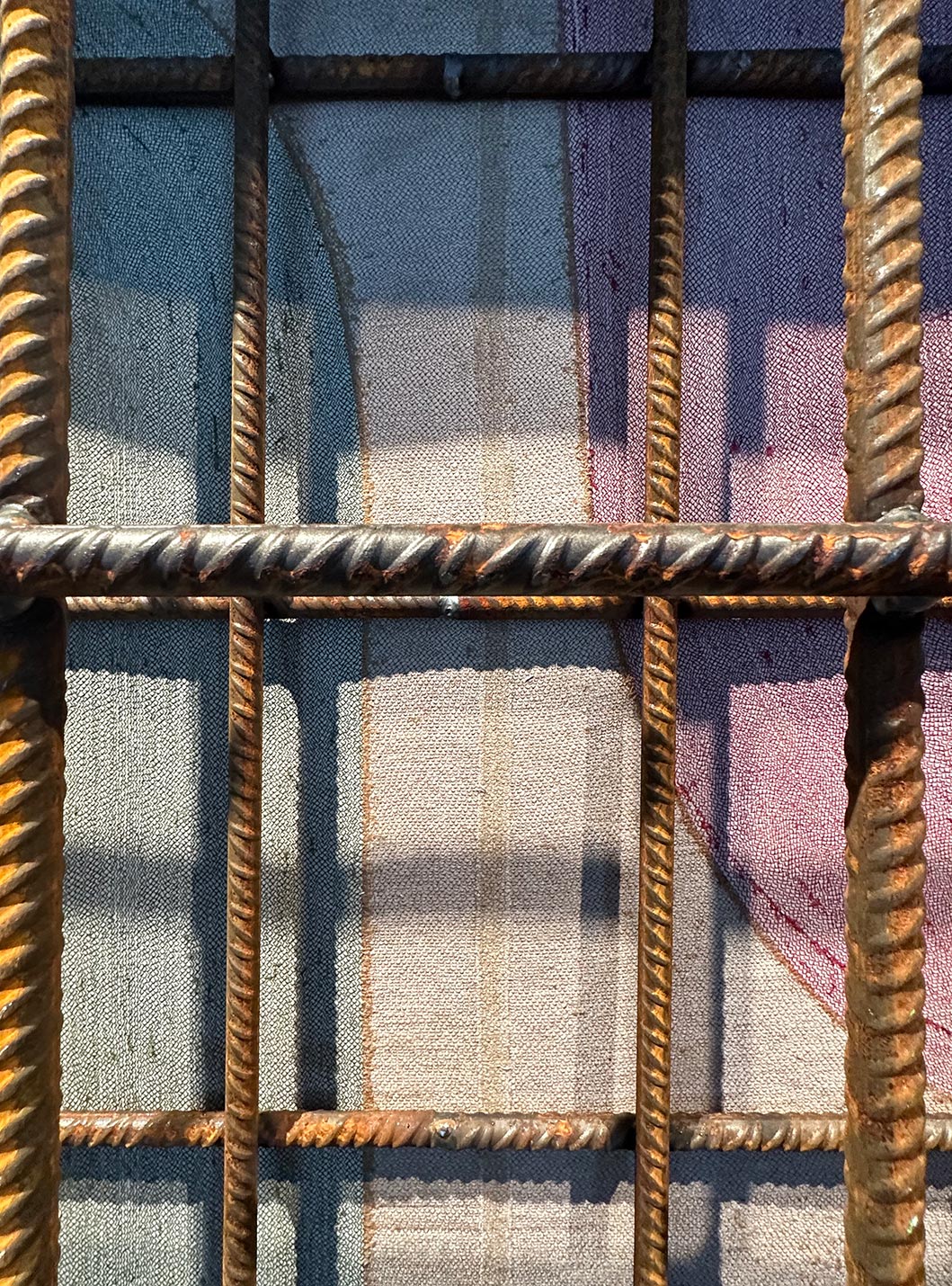
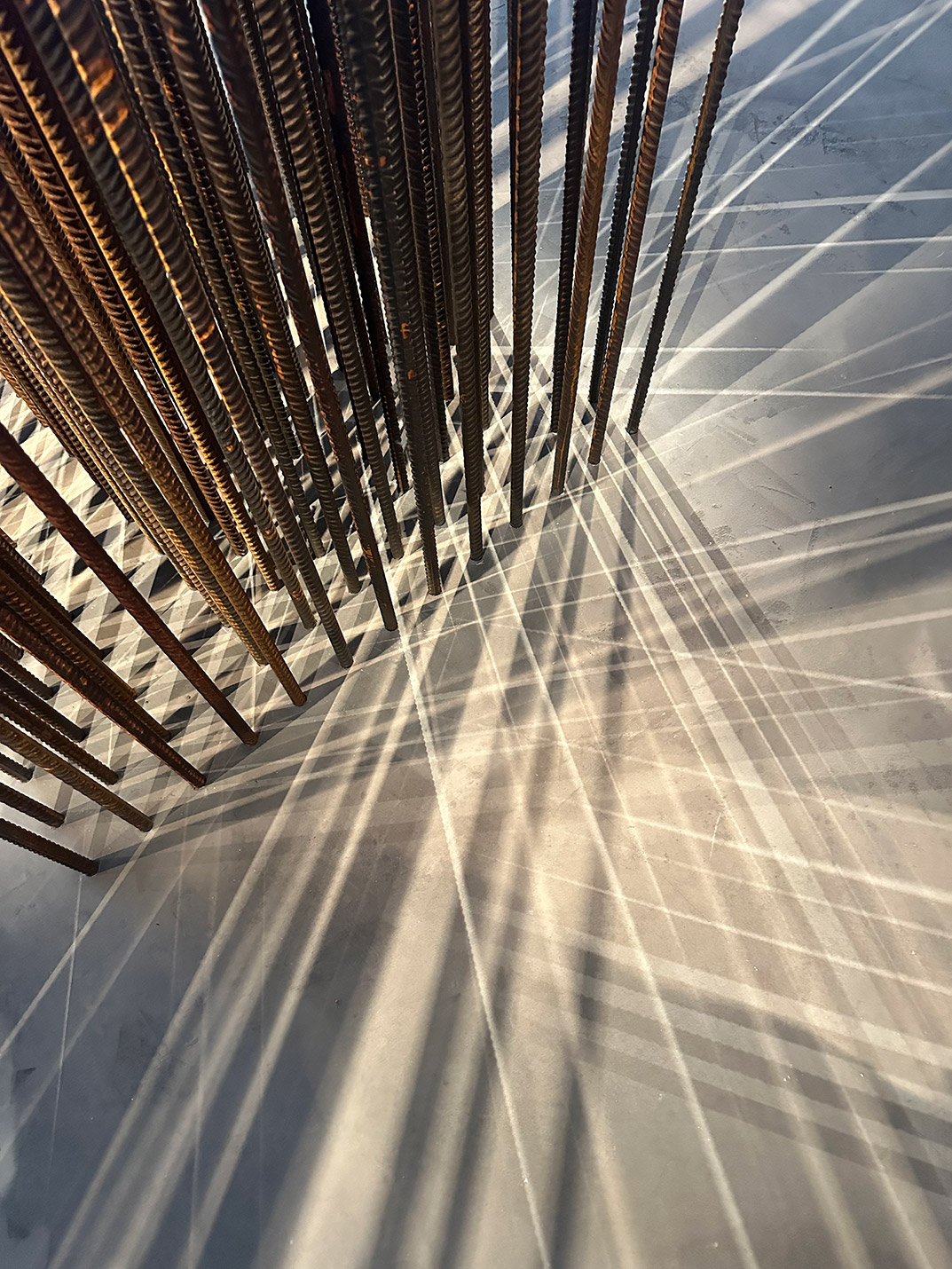
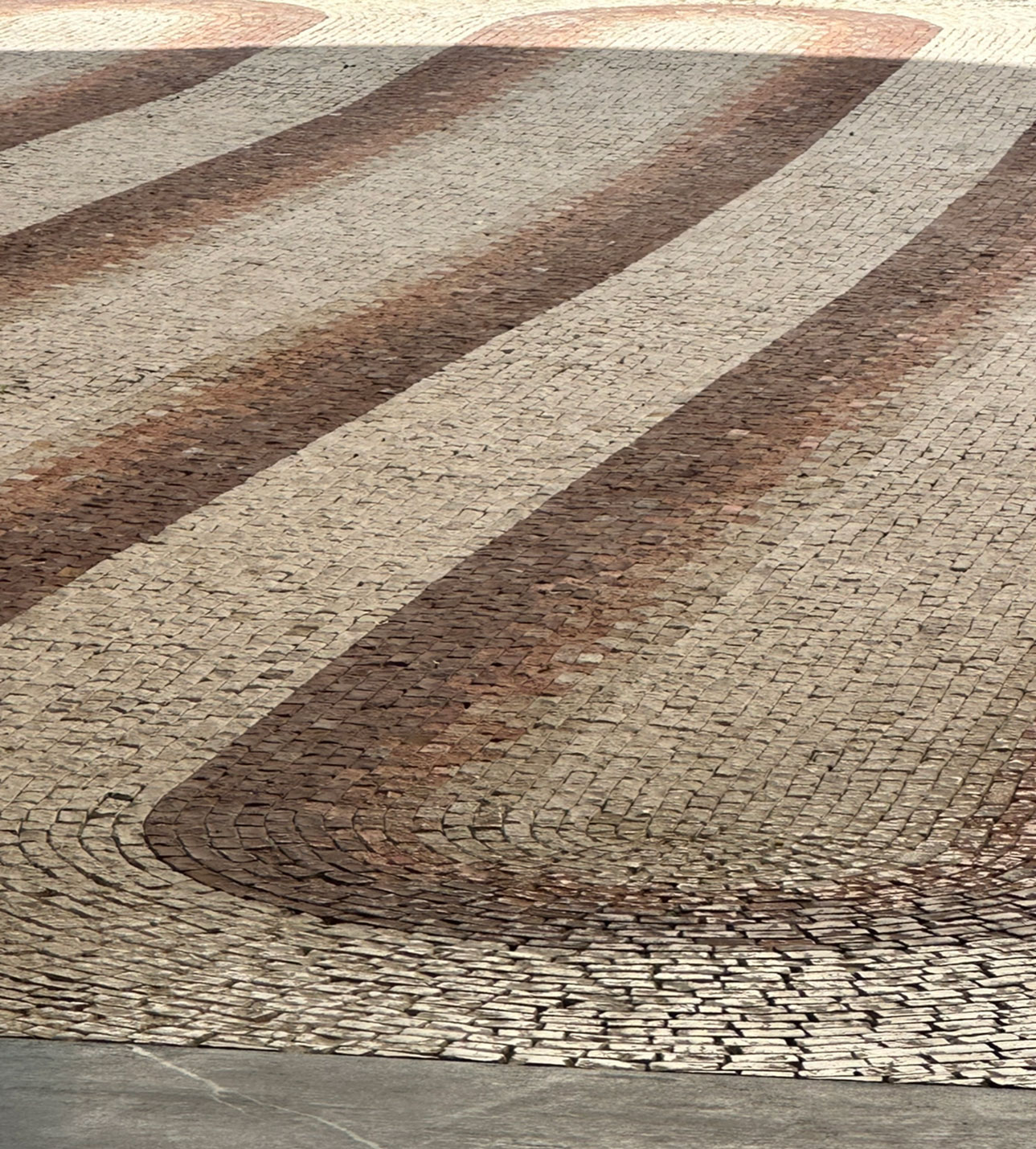

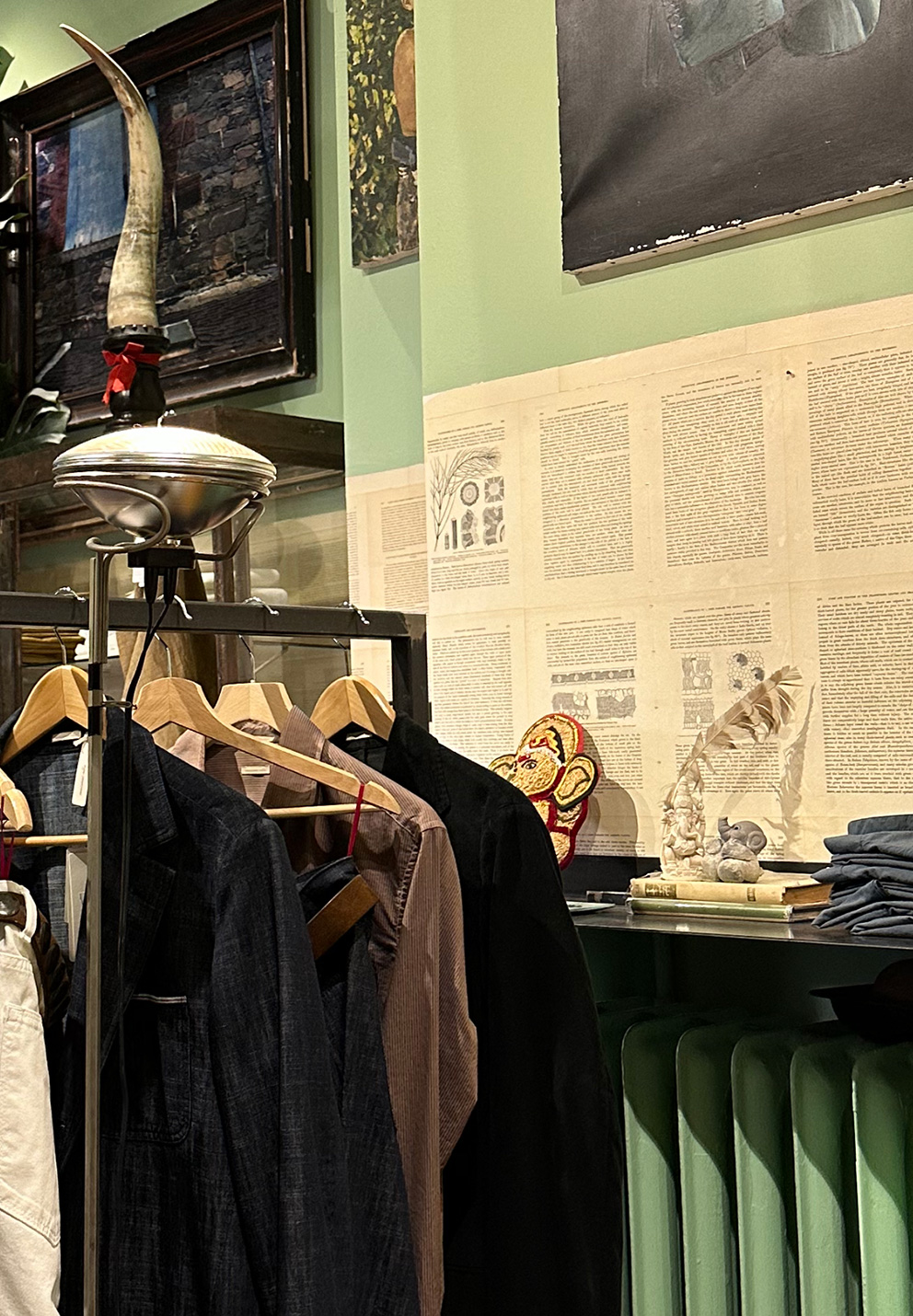

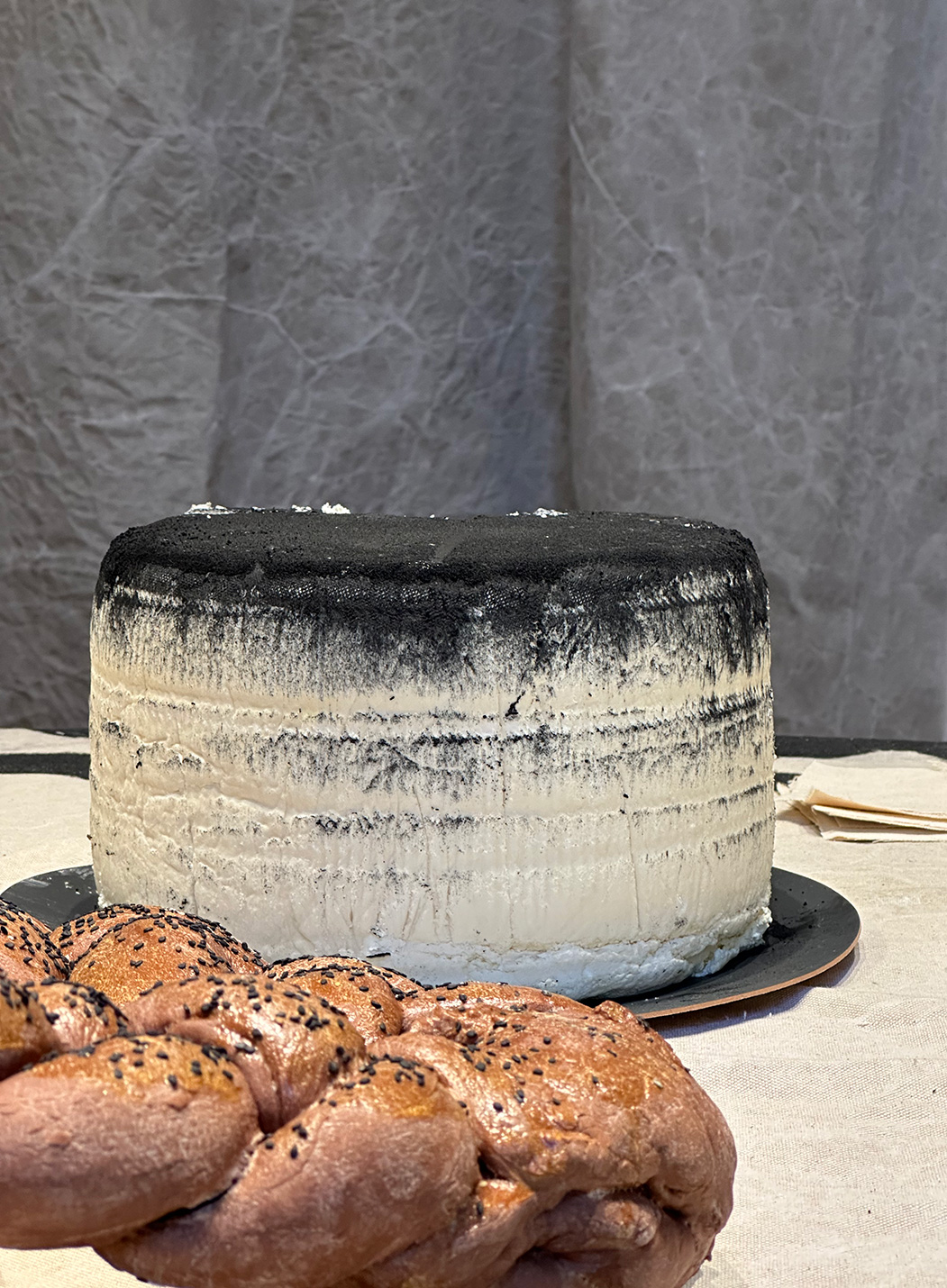
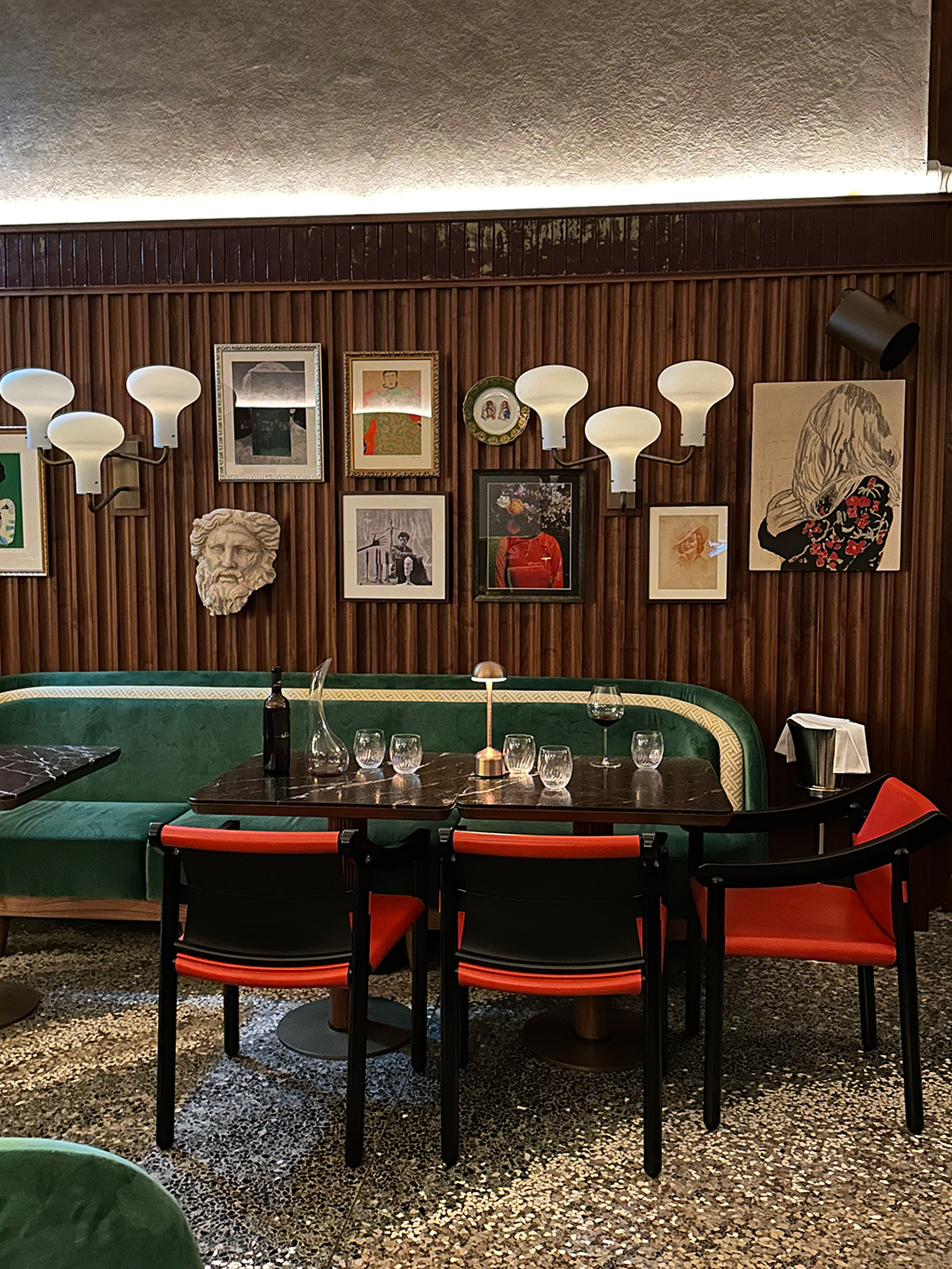
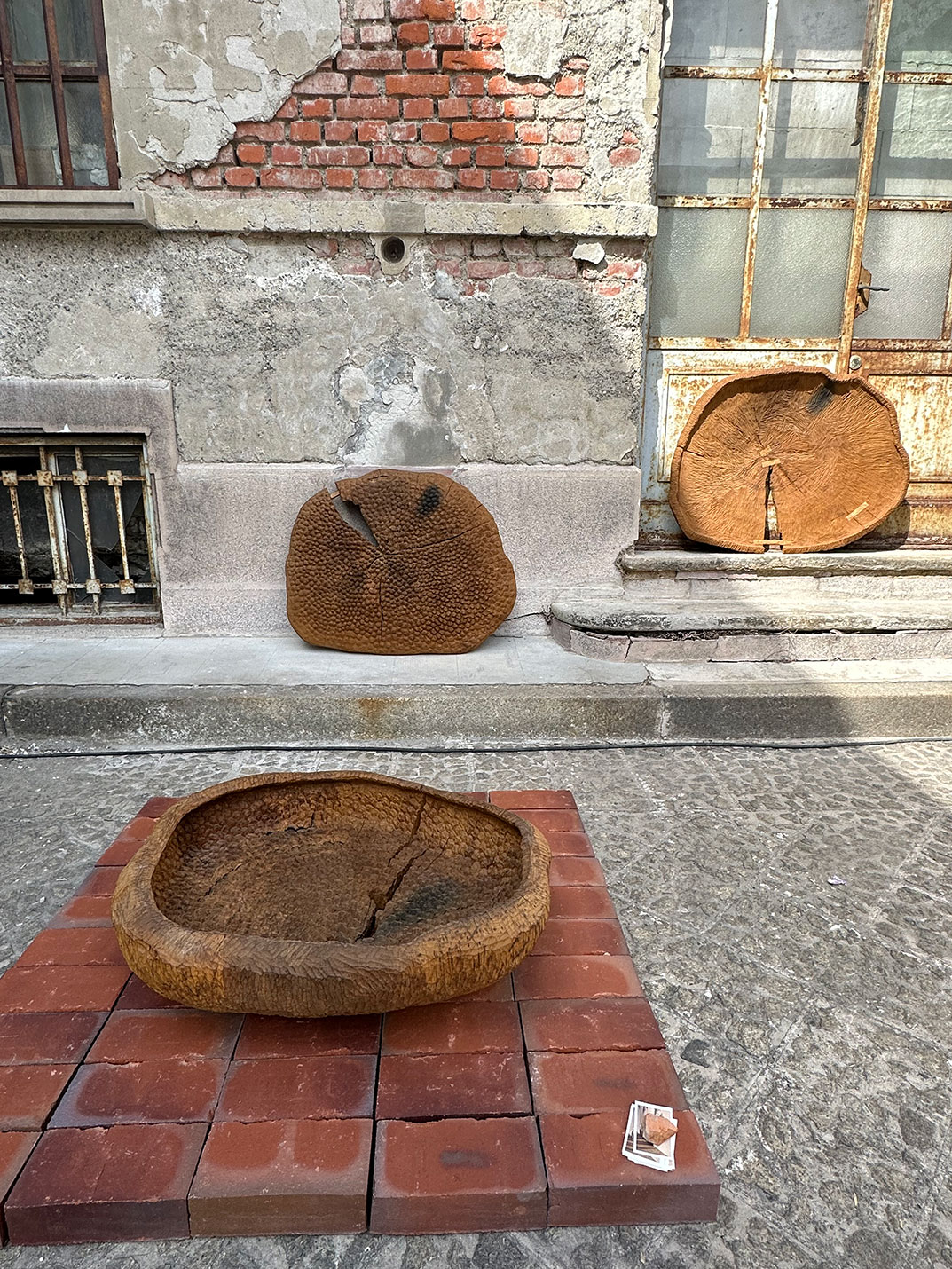
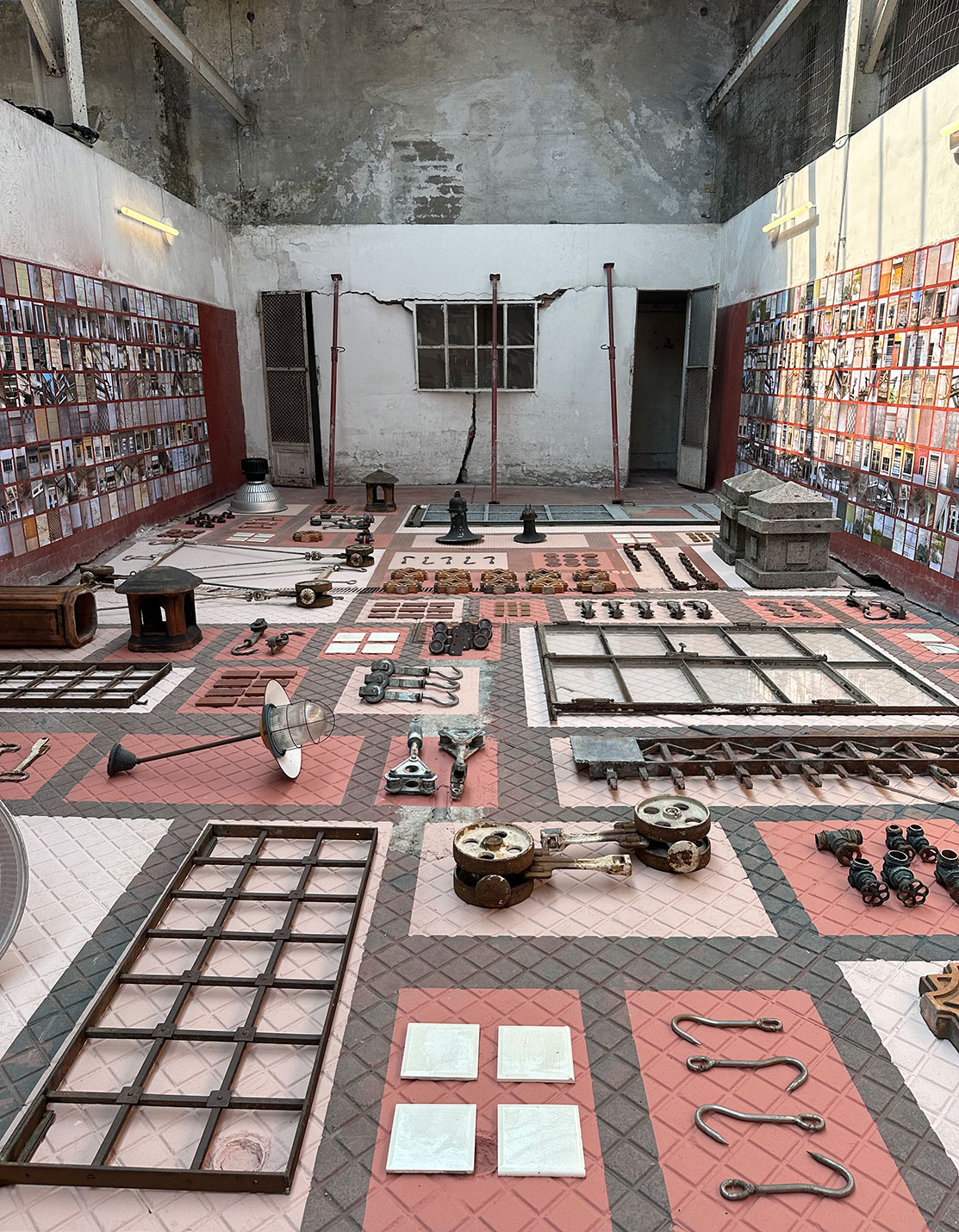
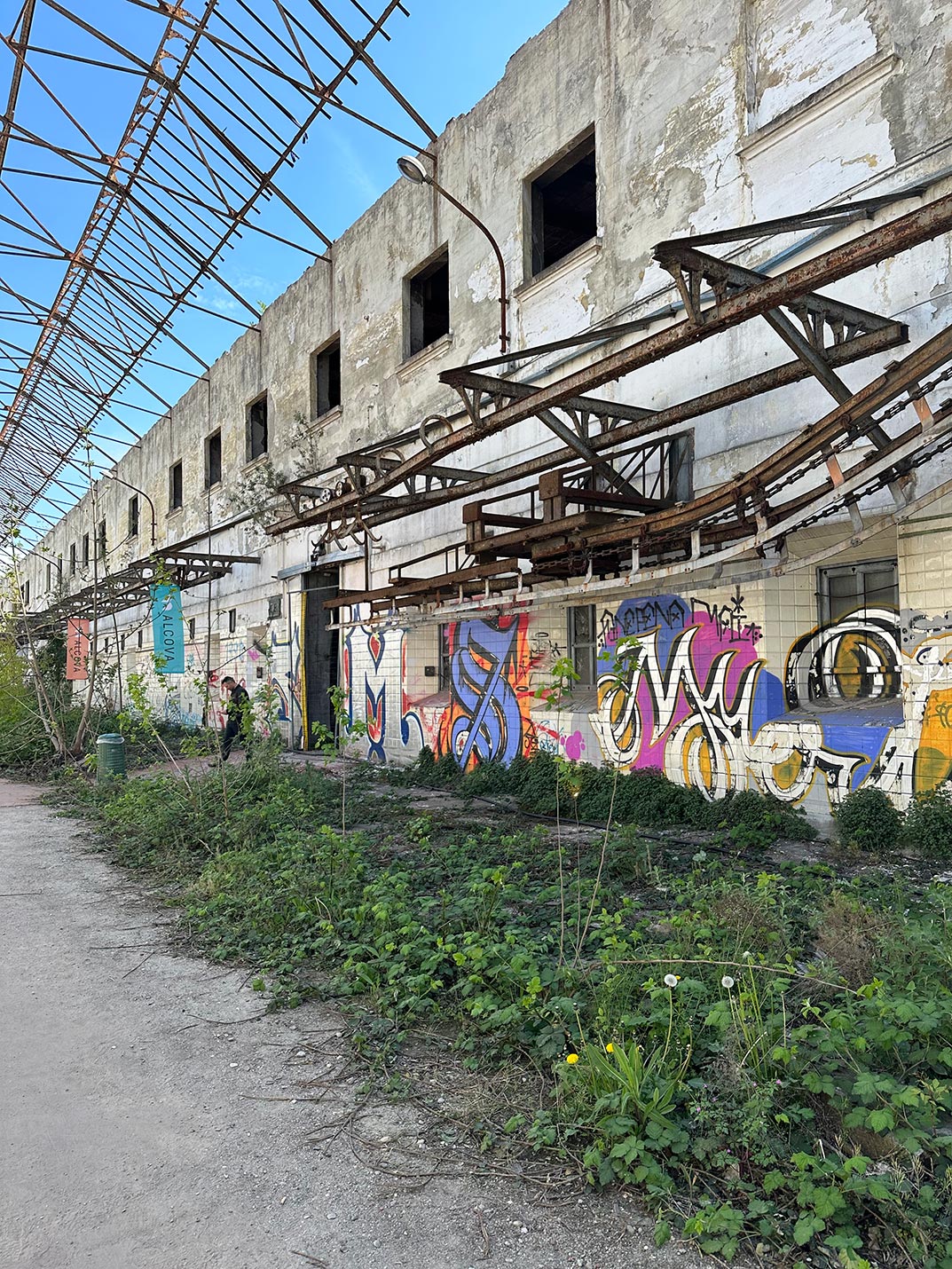
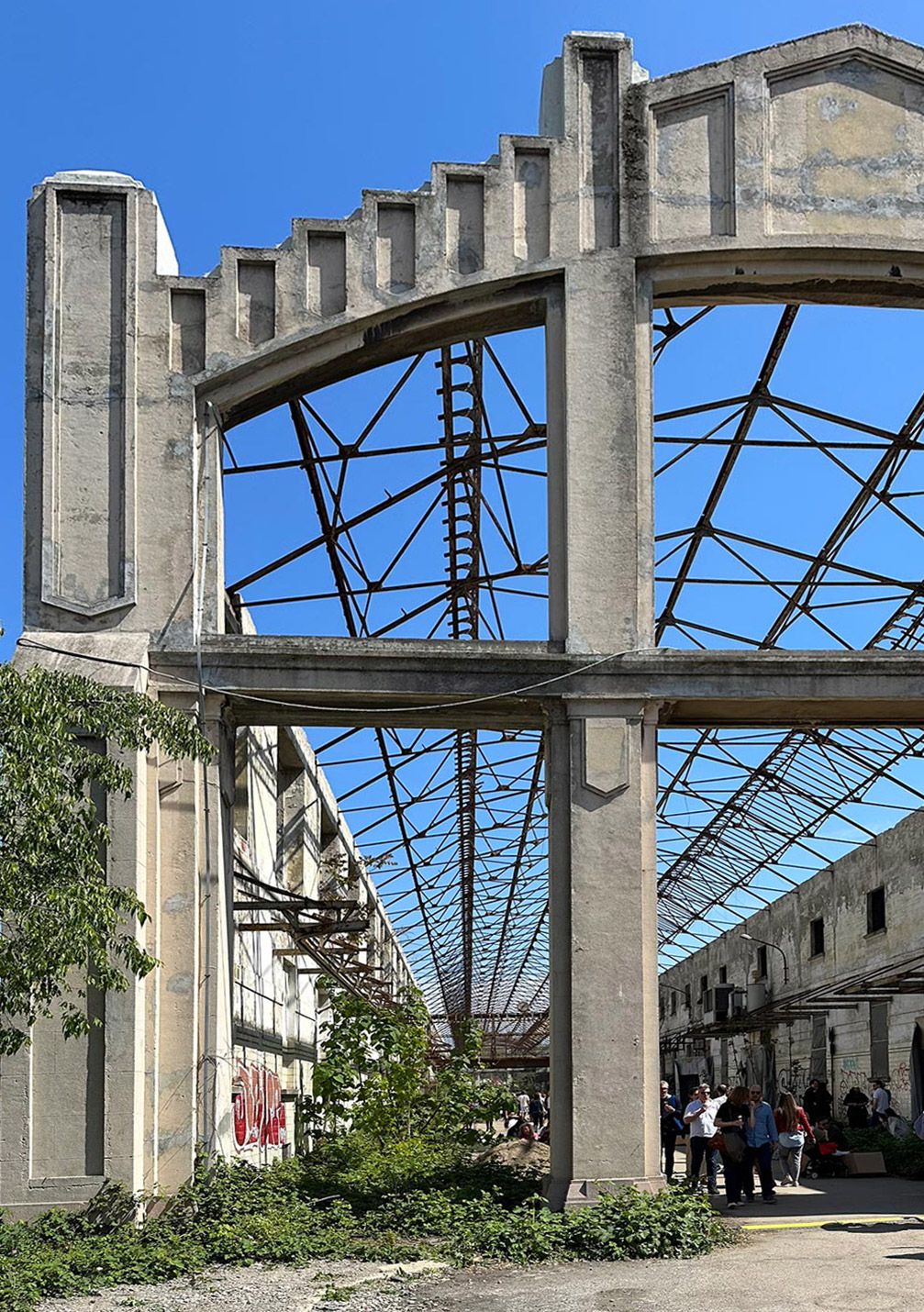
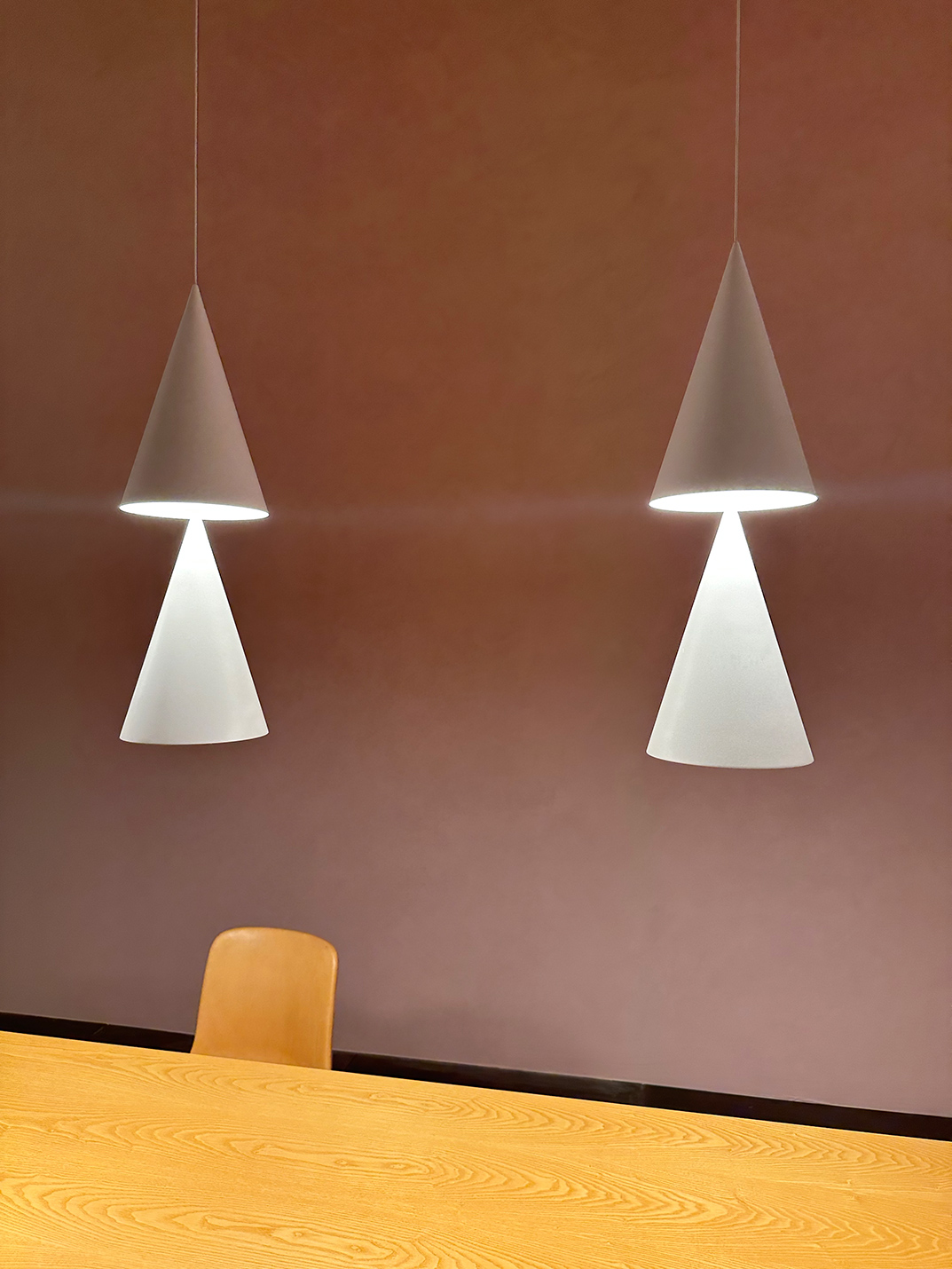


Bentornato a Milano
As Milan Design Week recedes for another year, I’m happy to report that the world of design is back and firing on all six cylinders.
After a couple of half-hearted experiences in the recent past, my week in Italy’s design capital was a thorough immersion in all manner of spaces and installations. Perhaps what struck me most was the subtle shift towards the legacy of design, historic pieces reborn, new narratives for reclaimed ephemera, and a world of artistry and craft across the city.
With much to explore, I made a genuine effort to seek out the inspirational and often less commercially focused exhibits. The city itself is hugely dynamic; its vibrant colour and style are powerful tonics, and Spring this year seemed to have only dialled up the volume.
Architecturally, the reinvention of historic locations resonated strongly with our work and the potential for reimagining and repurposing.
Housed in the genuinely derelict and spectacular Ex-Macello di Porta Vittoria abattoir, over 70 international exhibitors curated installations at the Alcova exhibition. Of these I was struck by the Stantec exhibit, centred around a grand roofless space, which became the equivalent of a huge upcycling and conservation mood board.
Over an extensive floor area, hundreds of pieces of dismantled buildings, including metal work and cast tiles were arrayed in a hypnotic carpet, surrounded by walls displaying photographic images of the source location. By revisiting these pieces in a poetic way, objects once destined for the skip gained a new, albeit temporary, artistic reimagining. This aligns with our ambitions for the historic projects we do – cataloguing and harnessing the existing building fabric, from a window latch to an old barn door.
Also in Alcova, my interest was piqued by an exhibit by Atelier Luma, a studio based in Arles and the Camargue region, celebrating a ‘bioregional’ approach to design. Our work is always deeply rooted in the surrounding landscape, so it was exciting to feel a synergy with this research and its outputs. The exhibition featured highly sensory recycled materials, from construction and agricultural byproducts, to plant-based fibres and textiles, creating new vernaculars and approaches to circularity.
Another highlight was the work found at Nilufar Gallery. A series of exquisitely crafted pieces of cabinetry and metalwork by Vikram Goyal included a brass wall sconce inspired by ‘Braque’s Geometry’. Goyal’s work is exceptional, and it was great to see it in the context of Milan where it felt absolutely at home.
Also at Nilufar was a series of extraordinary hand-blown glass lights by Draga & Aurel, which vibrated with sensational colour combinations. And finally, a modern classic demonstrating the longevity and power of Italian design, the modular Camaleonda sofa designed by Mario Bellini for B&B Italia in the 1970s, was on show in all its vintage glory. As a slow collector of historic pieces, it was very gratifying to see the Camaleonda cherished in this way.
Over at the Triennale the reconstruction of Casa Lana, an apartment designed by Ettore Sottsass in 1965, was a hugely inspiring window into the way the architect choreographed space for client Giovanni Lana, a printer and lithographer. A series of intimate spaces around a central core, the design is a time capsule of 1960s Milanese living, celebrating colour and the importance of art in interiors. The built-in storage rack for prints and paintings to facilitate the regular rehanging of art in the apartment, and the synergy with our work on multigenerational living, creating space within a space, gave me much food for thought.
From a global brand perspective, it is possible the Hermès exhibition chimed most with me this year. Its installation – as expected crafted to perfection – was an extraordinary juxtaposition of construction material (in this case the metal bars commonly used to reinforce concrete) expertly welded (not an easy task) to create beautifully sculpted structures in which homewares and furnishings, featuring bronze, glass, leather and textiles, were displayed. This industrial framework was in part set against woven rugs – the subtlety of the colour palette, patina of the steel and the artisanal nature of the exhibits really was sublime.
Finally, from a more practical perspective, and more in tune with the manufacturing realities of the fair, Michael Anastassiades’ Peak collection at Euroluce is deceptively simple and has stayed in my mind since. The string of elongated cones, available in three configurations facing up or down, is a beautiful yet functional lighting system. Simplicity is the hardest thing to do. This is genuinely great design.
Though Design Week is over, you can still breathe in the design of Milan; Casa Lana at the Triennale is part of the permanent collection and well worth a trip. For a full Milanese dining experience, visit Beefbar which is housed in the newly opened Ferragamo owned hotel within an ancient seminary building. As a vegetarian this was perhaps not an obvious destination, however the interior design, which manages to combine the 1930s Italian osteria with a 1980s Memphis vibe and a full-blooded Milanese identity, is really something to behold. If you like steak, it is a must.
